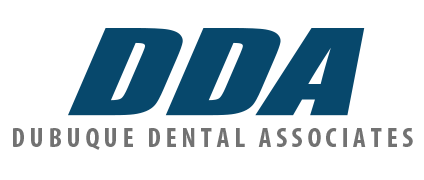Let’s begin by changing our language. Let’s avoid calling your dental insurance “insurance.” The definition of insurance is “a means of protection from a financial loss.” In other words, your dental coverage with all of it’s limitations, annual maximums and caveats is not “insurance.” What most patients carry is a dental “benefit.” There is a perk to paying your dental premiums and that perk is more often than not, established by your employer.

That’s right! If you have a plan that is provided to you from your employer, the employer decides how much they want to pay for a plan and your level of coverage is decided that way. Again, dental insurance is meant to be an aid in receiving dental care. Many patients think that their insurance pays 90%-100% of all dental fees. This is not true! Most plans only pay between 50%-80% of the average total fee. Some pay more, some pay less. The percentage that is afforded to you is usually determined by how much you or your employer has paid for coverage; the lower your premium, the less coverage is provided to you.
In addition to paying a percentage, dental plans determine their own fee schedule. For the sake of round numbers, let’s consider a dental hygiene appointment costs $100. The insurance company may only allow a dental hygiene appointment to cost $80, and of that $80 they only pay 80% … this means that the dental benefit you receive is $64 out of $100. Why would the insurance company only offer $64? Their “allowable” amounts vary widely, because each company collects fee information from all claims it processes. The insurance company then takes this data and arbitrarily chooses a level they call the “allowable” fee schedule. Claims made in Alabama or California could affect the fees paid in Iowa.
Understand that all dental benefits are not created equal. Dental benefit providers, such as Delta Dental, MetLife or Cigna to name a few, are in the business of making money. These providers are for-profit companies, and they will operate under for-profit business models.
